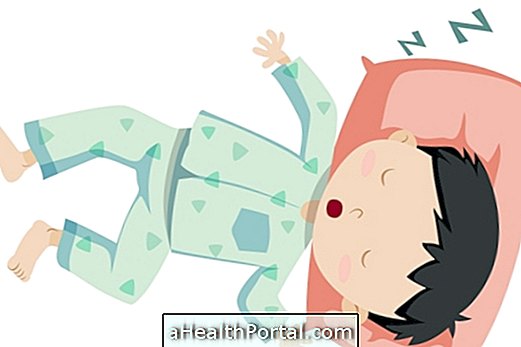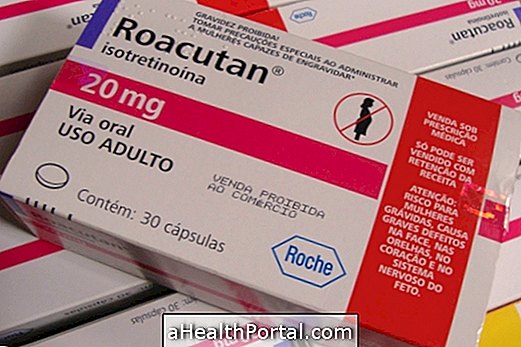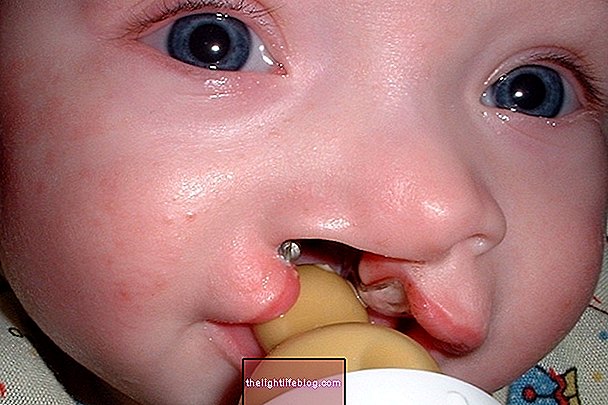Chloroquine diphosphate is a medicine indicated for the treatment of malaria caused by Plasmodium vivax, Plasmodium malariae and Plasmodium ovale, hepatic amebiasis, rheumatoid arthritis, lupus and diseases that cause sensitivity of the eyes to light.
This medicine can be bought in pharmacies by prescription.

How to use
The dosage of chloroquine depends on the disease to be treated:
1. Malaria
In children between 1 and 2 years of age, the recommended dose is a single dose tablet, from 3 to 6 years, the recommended dose is one tablet per day, for three days and from 7 to 11 years, the dosage indicated is two tablets on the first day and a tablet and a half on the second and third day.
For people 15 years of age or older, the recommended dose is four tablets on the first day and three tablets on the second and third day. Treatment of malaria caused by P. vivax and P. ovale with chloroquine should be associated with primaquine for 7 days.
2. Lupus erythematosus and rheumatoid arthritis
The maximum recommended dose in adults is 4 mg / kg per day for one to six months, depending on the response of the treatment.
3. Hepatic amebiasis
The recommended dose in adults is 600 mg of chloroquine on the first and second days followed by 300 mg per day for two to three weeks.
In children, the recommended dose is 10 mg / kg / day of chloroquine for 10 days or at the discretion of the physician.
Who should not use
This medicine should not be used in people who are hypersensitive to any of the ingredients in the formula, people with epilepsy, myasthenia gravis, psoriasis, or other exfoliative disease.
In addition, it should not be used to treat malaria in people with delayed cutaneous porphyria and should be used with caution in people with liver disease and gastrointestinal, neurological and blood disorders.
Possible side effects
The most common side effects that can occur with the use of chloroquine are headache, nausea, vomiting, diarrhea, belly pain, itching, irritation and red spots on the skin.
In addition, mental confusion, convulsions, drop in blood pressure, electrocardiogram changes, and double or blurred vision may also occur.























